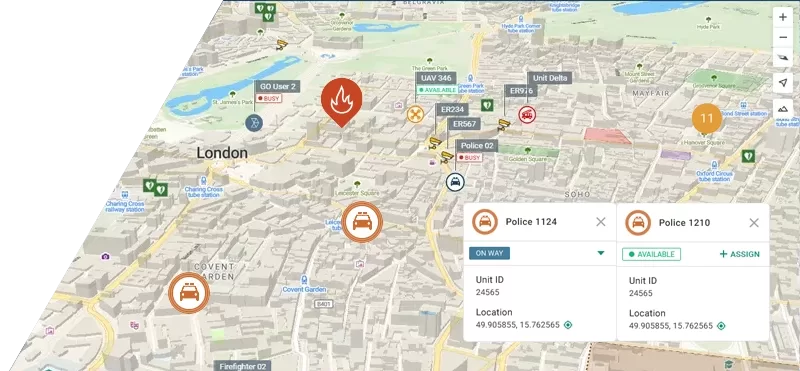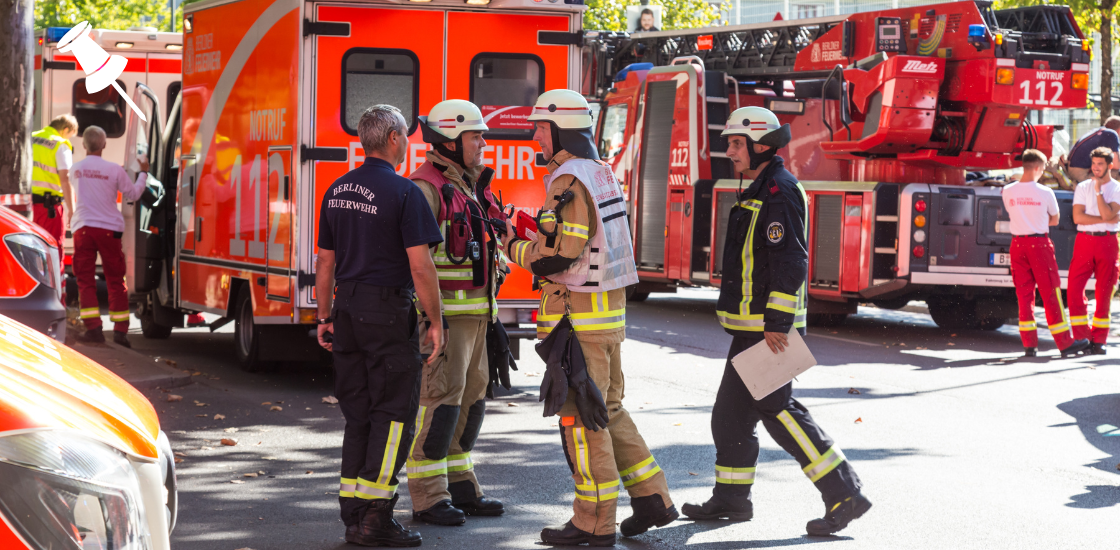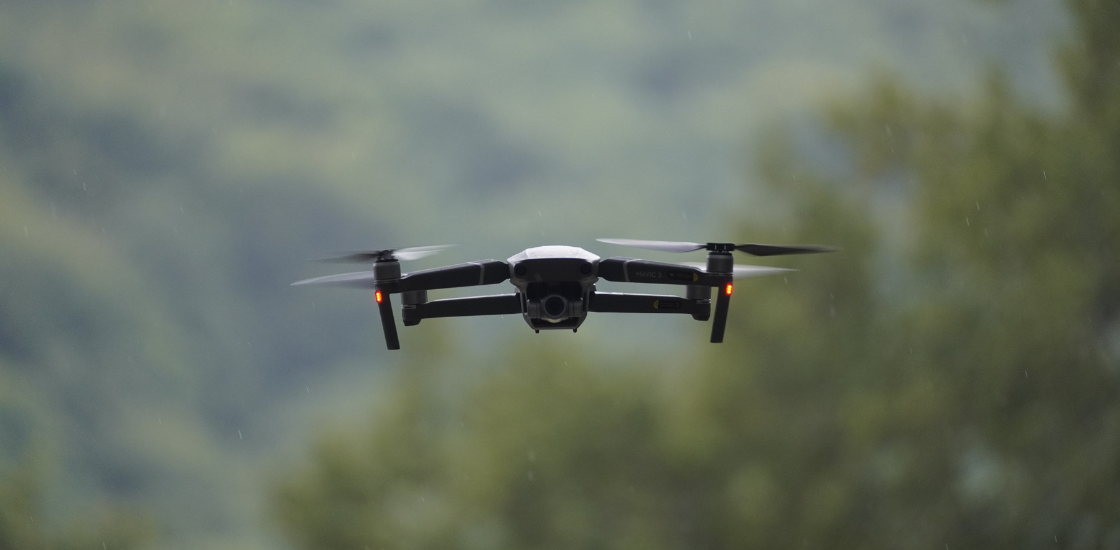Table of Contents
- The Vital Role of PSAP
- Key Components of a PSAP
- Evolution of PSAPs
- The Challenges Faced by PSAPs
- The Future of PSAPs
- Real-World Impact of PSAPs
- How Smart CAD Enhances PSAP Operations
- Conclusion
The PSAP meaning?
A Public Safety Answering Point (PSAP) is a facility that receives emergency telephone calls and dispatches appropriate emergency response teams. Whether you are calling for police, fire, or medical emergencies, a PSAP is the first place your call is routed to. These centers are typically staffed 24/7, ensuring that no matter when an emergency arises, help is only a phone call away. PSAPs play a pivotal role in the overall emergency response system, acting as the central hub for emergency communications and ensuring swift, coordinated responses to crises.
While the PSAP is often associated with the familiar emergency numbers like 911 in the United States or 112 in many other countries, the specifics of how these systems operate can vary. Regardless of the country, the overall purpose is the same: to save lives through effective communication and coordination.
The Vital Role of PSAP
PSAPs are the first and most crucial link in the emergency response chain. Once an emergency call is made, it is routed to a PSAP, where a trained call-taker answers the call. Their primary responsibility is to collect the necessary information about the emergency — including the nature of the incident, the location, and any other relevant details — and relay that information to dispatchers.
Dispatchers then take over, coordinating the allocation of emergency services such as police, firefighters, or emergency medical teams. In many cases, PSAPs are also responsible for contacting other emergency services, such as poison control or hazardous materials teams, depending on the situation.
The coordination between the call-taker and the dispatcher is vital for ensuring that the right responders arrive on the scene quickly and are fully informed of the situation before they even reach the emergency site. This rapid response can make a significant difference in the outcome of a crisis, whether it’s a life-threatening medical emergency, a fire, or a criminal situation.
Key Components of a PSAP
- Call-Taking: The first step in any emergency response is the reception of the call. Call-takers are the first point of contact and must gather essential information from the caller quickly and accurately. They need to remain calm under pressure, show empathy, and be capable of extracting crucial details without alarming the caller. It’s a delicate balance between providing reassurance and gathering details that will save lives.
- Dispatching: Dispatchers take the information from the call-taker and allocate resources accordingly. Using Computer-Aided Dispatch (CAD) systems, they can track the location of responding units and optimize their deployment based on real-time data. Dispatchers work with police, fire, and emergency medical services to ensure that the appropriate resources are deployed swiftly.
- Technology Infrastructure: PSAPs rely heavily on sophisticated technologies to ensure efficient operations. Geographic Information Systems (GIS), Enhanced 911 (E911), and Automated Location Identification (ALI) provide detailed location data for callers, helping dispatchers pinpoint the caller’s location with high accuracy. Modern PSAPs are also increasingly integrated with other communication platforms like text-to-911 and video calls, enhancing the ability to respond to different types of emergencies.
- Training and Procedures: Given the high-stress nature of emergency response, PSAP personnel undergo rigorous training. They are trained to handle everything from high-pressure situations and potentially life-threatening emergencies to everyday non-emergency calls. The procedures followed are critical to ensuring a coordinated and accurate response, from how to collect information to how to dispatch resources effectively.
Evolution of PSAPs
Historically, PSAPs operated on manual systems, with call-takers using simple telephones to gather information and communicate with dispatchers. Over time, however, PSAPs have evolved with the introduction of digital and automated systems, significantly improving their efficiency. The advent of E911, for example, revolutionized emergency response by automatically transmitting the caller’s location to the PSAP, reducing the time spent identifying the caller’s location.
Today, PSAPs are equipped with state-of-the-art technologies, including real-time GPS tracking, social media integration, and smartphone-based communication systems. These technologies allow for more precise responses, greater situational awareness, and faster deployment of resources.
Additionally, many PSAPs are now integrated into regional or even national emergency networks. This collaboration ensures that if an emergency call cannot be answered by one center, it can be quickly transferred to another, maintaining continuity of service.
The Challenges Faced by PSAPs
Despite their vital role, PSAPs face a range of challenges, particularly as demand for emergency services grows:
- High Call Volumes: Emergency call centers often experience high volumes of calls, especially during major incidents or disasters. This influx can put a strain on available resources and result in longer wait times, which can jeopardize the timely dispatch of emergency responders.
- Technology Integration: As PSAPs integrate more advanced technologies, ensuring compatibility between various systems (such as CAD, GIS, and mobile platforms) becomes a significant challenge. Proper training and maintenance are essential to keeping systems running smoothly.
- Funding and Resources: Many PSAPs operate under tight budgets, which can limit their ability to upgrade equipment or expand staffing. This lack of funding can impact response times and the ability to incorporate the latest technologies into operations.
- Workforce Retention: The work at a PSAP can be emotionally and physically taxing. Staff must often handle life-or-death situations, which can lead to burnout and high turnover rates. Recruiting and retaining skilled personnel is an ongoing challenge for PSAPs worldwide.
- Cybersecurity Risks: With the increasing reliance on digital systems, PSAPs are becoming more vulnerable to cyber threats. Hackers targeting emergency services could disrupt communications or leak sensitive information, making cybersecurity a top priority for PSAPs.
The Future of PSAPs
PSAP meaning in the future lies in the continued integration of advanced technology. Some of the key trends shaping this future include:
- Next-Generation 911 (NG911): This initiative will provide PSAPs with enhanced capabilities, including support for multimedia communications such as text messages, photos, and videos. NG911 will enable PSAPs to handle more complex situations, like responding to an emergency through a video call, giving first responders a visual assessment before arriving on-site.
- Artificial Intelligence and Automation: AI and machine learning have the potential to revolutionize how PSAPs manage emergency calls. AI can assist in analyzing incoming data, flagging emergencies that need immediate attention, and even offering real-time translation services to assist non-English speakers.
- Interagency Collaboration: As emergencies become more complex, collaboration between various agencies becomes even more important. PSAPs will increasingly integrate their operations with other government agencies and private organizations to provide a more holistic response to large-scale emergencies.
- Mobile and Wearable Technology: With the rise of smartphones and wearable devices, PSAPs can leverage location-based data and real-time information from citizens in the field. This helps responders gain real-time situational awareness and improve their decision-making.
Real-World Impact of PSAPs
The importance of PSAPs cannot be overstated. In critical situations, the speed, accuracy, and coordination of emergency responses can save lives. Whether it’s a heart attack, a car crash, or a natural disaster, the first contact with a PSAP is often the difference between life and death.
Consider the impact during natural disasters like hurricanes, floods, or wildfires. PSAP meaning also lies in coordinating large numbers of responders across various agencies, all while dealing with communication challenges such as power outages or broken infrastructure. In these situations, PSAPs are not only vital for providing immediate assistance but also for managing long-term recovery efforts.
How Smart CAD Enhances PSAP Operations
In today’s fast-paced world, where every second counts during an emergency, traditional the PSAPs are increasingly relying on advanced technology to enhance their operational efficiency. One such technology is Smart CAD (Computer-Aided Dispatch), a cutting-edge solution designed to optimize and streamline the entire emergency response process.
Smart CAD is transforming the way PSAPs operate by providing real-time data, seamless integration with existing systems, and advanced tools that enable faster, more accurate decision-making. Let’s take a closer look at how Smart CAD supports PSAPs in enhancing their emergency response capabilities:
- Faster Response Times
One of the most significant challenges PSAPs face is ensuring a quick and efficient response to emergency calls. Smart CAD accelerates response times by automatically identifying the closest and most appropriate units based on the emergency’s location and nature. The system can quickly evaluate available resources and dispatch them in real-time, reducing delays and improving response effectiveness. - Improved Situational Awareness
Smart CAD integrates with Geographic Information Systems (GIS), giving PSAPs a dynamic view of the incident and all related resources in real-time. By visualizing units’ positions, traffic data, and incident details on a map, dispatchers can make more informed decisions and optimize response routes. This geographical awareness enhances the ability to plan and react swiftly, especially in complex or large-scale incidents. - Seamless Communication
Effective communication is critical during emergencies, and Smart CAD ensures seamless coordination between call-takers, dispatchers, and first responders. The system supports instant messaging, voice communication, and multimedia sharing, allowing everyone involved to stay on the same page. Smart CAD enables real-time updates on incident progress, ensuring that all responders are aware of changing circumstances and can adjust their approach accordingly. - Integrated Data Sharing
Smart CAD can connect PSAPs with other critical systems, such as video surveillance, sensor data, and incident reports, creating a unified hub of information. Dispatchers can quickly access and share data from various sources, including emergency vehicles, drones, and even wearables worn by first responders. This integrated data sharing improves the situational awareness of all parties involved, allowing for more coordinated, efficient responses. - Enhanced Resource Management
By tracking the availability and location of resources in real-time, Smart CAD helps PSAPs optimize resource allocation. Whether it’s deploying ambulances to the scene of a medical emergency or sending police units to investigate a crime, Smart CAD ensures that resources are utilized to their full potential. The system can automatically dispatch units based on their proximity, availability, and readiness, reducing unnecessary delays and maximizing the effectiveness of emergency services. - Efficient Incident Documentation
Smart CAD simplifies the process of recording and documenting incidents. Automatic data capture, real-time updates, and customizable reporting ensure that all relevant information is stored accurately and efficiently. This not only helps during the emergency response but also allows for post-incident analysis, ensuring that lessons are learned and PSAP operations continuously improve. - Scalability and Flexibility
One of the biggest advantages of Smart CAD is its ability to scale and adapt to varying emergency response needs. Whether responding to a small, localized incident or managing large-scale events like natural disasters or public emergencies, Smart CAD can adjust to the scope and scale of the situation. This flexibility makes it an essential tool for PSAPs that need to manage a wide range of emergency scenarios. - Integration with Other Technologies
Smart CAD does not operate in isolation. It integrates with a variety of emergency response technologies, including Mobile Data Terminals (MDTs), Body-Worn Cameras (BWCs), drones, and even Internet of Things (IoT) sensors deployed in the field. This interconnectedness ensures that PSAPs have access to a wealth of real-time data, improving the decision-making process and ensuring better outcomes for everyone involved.
By implementing Smart CAD, PSAPs can modernize their operations, improve the speed and accuracy of their responses, and ultimately provide a higher level of service to the communities they serve. With better resource allocation, more effective communication, and a deeper understanding of the situation at hand, PSAPs can navigate complex emergencies with greater precision, ultimately saving lives.
Conclusion
PSAP meaning lies in the backbone of modern emergency response systems, ensuring that help is just a phone call away. Through advancements in technology, improved training, and increasing interagency collaboration, PSAPs are evolving to meet the growing demands of modern emergencies. As the first point of contact for emergency services, PSAPs play a crucial role in saving lives, maintaining public safety, and providing essential communication during crises. The future of PSAPs is filled with possibilities as they continue to adapt to new challenges and innovations, improving the speed, efficiency, and effectiveness of emergency response.










